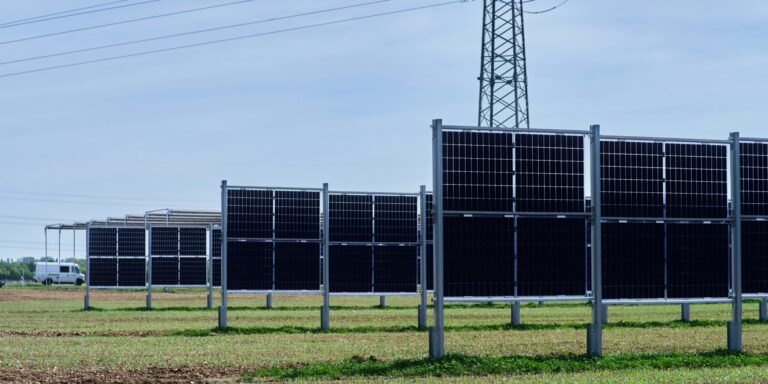New York has reached a major milestone in renewable energy technology with the announcement of a significant breakthrough in energy storage, which could revolutionize how the state—and the world—stores and uses renewable energy. Researchers from Cornell University and the State University of New York (SUNY) system have developed a more efficient and cost-effective method for storing energy generated by solar and wind farms. This innovation promises to help address one of the most critical challenges facing the renewable energy sector: creating reliable and affordable energy storage solutions.
The Need for Advanced Energy Storage
The new breakthrough is centered around an advanced form of solid-state battery technology, which is capable of storing energy for much longer periods and at a lower cost compared to traditional lithium-ion batteries. This innovation could have a significant impact on how renewable energy is stored and distributed. Traditionally, solar and wind power generation can be intermittent, meaning that energy production fluctuates depending on the weather and time of day. In many regions, this has created a barrier to scaling up renewable energy sources, as energy storage has often been inefficient and costly.
By enabling the long-term, cost-effective storage of energy, this new battery technology allows for solar and wind energy to be stored and used when production is low, ensuring a steady and reliable power supply even during cloudy days or when the wind isn’t blowing. The breakthrough, which was developed by a team of researchers from Cornell University and SUNY, represents a step forward in solving one of the most challenging aspects of transitioning to a green energy economy.
A Major Step Toward a Carbon-Free Future
This energy storage breakthrough could be crucial in helping New York meet its ambitious renewable energy goals, which include achieving a carbon-free power grid by 2040. The state has been a leader in environmental sustainability efforts, with significant investments in renewable energy sources like solar, wind, and hydropower. However, the challenge of storing renewable energy has often hindered the effectiveness of these systems, particularly as demand for energy grows.
Governor Kathy Hochul praised the breakthrough as “a game-changer for New York’s green energy future.” She highlighted how this advancement could not only bolster the state’s environmental initiatives but also position New York as a global leader in clean energy technology. The state has long been committed to reducing its carbon footprint, and this new storage technology could help accelerate those efforts by ensuring that renewable energy can be stored and deployed when needed, no matter the fluctuations in production.
The Governor also pointed to the potential economic benefits of the development, noting that such innovations could create new jobs, attract investment in sustainable technologies, and help the state build a more resilient and sustainable energy infrastructure. With such advancements, New York’s energy sector could see substantial growth, fostering innovation and economic prosperity as it transitions to a green economy.
A New Era for Renewable Energy Technology
This breakthrough comes at a time when the world is increasingly focused on finding solutions to combat climate change. As nations across the globe strive to reduce their reliance on fossil fuels, New York is positioning itself at the forefront of this transition. By investing in technologies that enable more efficient and cost-effective energy storage, the state is laying the groundwork for a cleaner, more sustainable energy future.
The new solid-state battery technology also has implications beyond New York. If it can be scaled up and implemented globally, it could play a key role in addressing one of the biggest challenges in renewable energy: the need for reliable, long-term energy storage solutions. As more nations adopt renewable energy sources to reduce carbon emissions, the ability to efficiently store and utilize energy will be paramount to achieving global climate goals.
This innovation is a promising sign that the future of renewable energy is on the brink of significant change. With continued advancements in energy storage and renewable energy technologies, the path to a carbon-free world appears increasingly feasible. The breakthrough by researchers at Cornell and the SUNY system not only represents a significant step toward realizing New York’s green energy future but also serves as a model for other regions seeking to transition to cleaner energy sources.
As New York continues to invest in sustainable energy technologies, the state is poised to lead the way in both combating climate change and reaping the economic rewards of a clean energy revolution.
